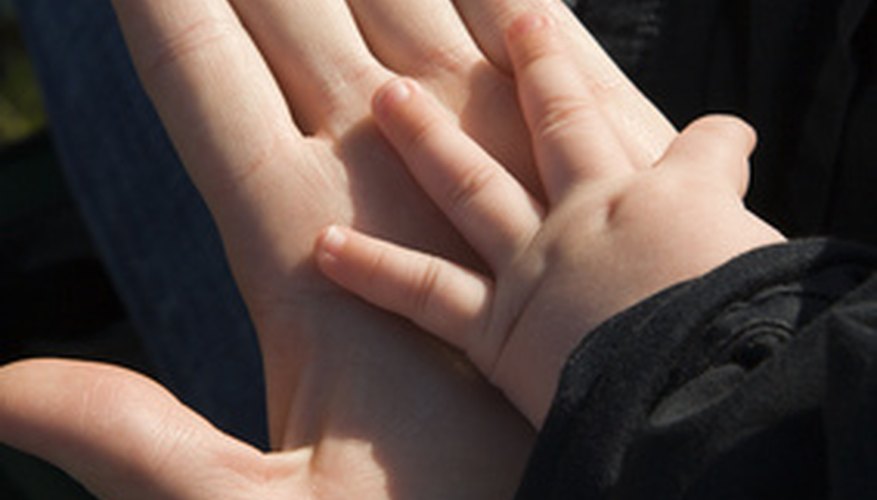Like your skin, your toenails and fingernails can take a beating if you spend a lot of time in a chlorinated pool. Nails that have spent too much time in chlorinated water can break easily and become dry and cracked. However, you can take several steps to avoid these problems. If you've tried them all and are still having issues, it could be a sign of a more serious problem, and you should consult your doctor.
Apply a nail-hardening polish to the nails. According to the Mayo Clinic, you should avoid harsh chemicals such as formaldehyde and toluenesulfonamide, since they can cause more irritation of the nails. You can also apply a coat of clear polish over the nail hardener to keep more moisture in your nails. The Mayo Clinic recommends removing the polish once a week and starting over.
- Like your skin, your toenails and fingernails can take a beating if you spend a lot of time in a chlorinated pool.
- According to the Mayo Clinic, you should avoid harsh chemicals such as formaldehyde and toluenesulfonamide, since they can cause more irritation of the nails.
Moisturise your nails after the chlorine exposure. Since the problems associated with chlorine exposure often have to do with dryness, adding moisture can help. Use a natural lotion containing lanolin before bedtime, and then cover your hands with gloves to trap the moisture.
- Moisturise your nails after the chlorine exposure.
- Use a natural lotion containing lanolin before bedtime, and then cover your hands with gloves to trap the moisture.
Hydrate your body. When your skin or nails are dry, don't overlook the mantra of "treating from the inside out," and drink lots of water. Staying well hydrated has many positive results--having better skin and nails being two of them.
Take supplements. The Mayo Clinic recommends taking 2.5 milligrams of biotin each day to keep your nails healthy. If you have any health issues, consult your doctor before starting any new supplement regimen.
